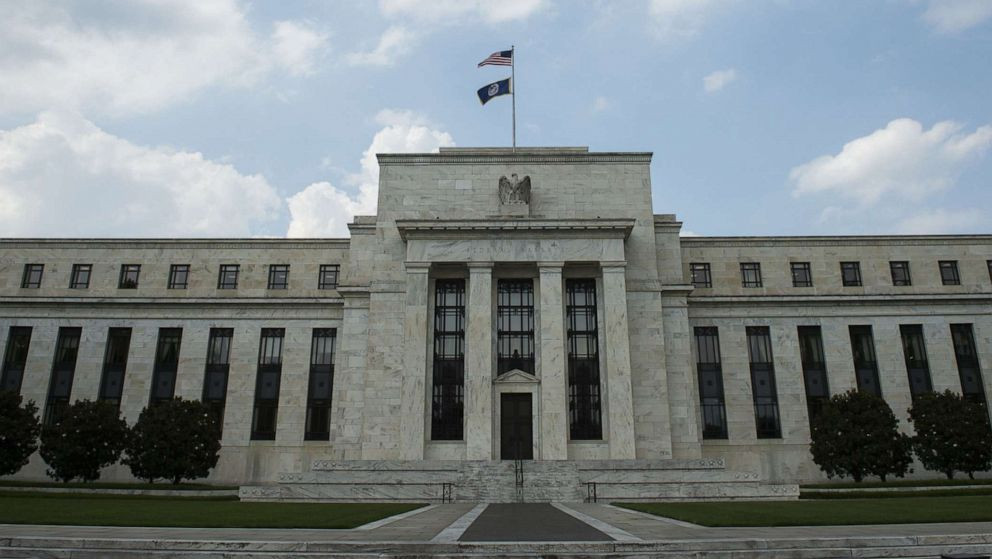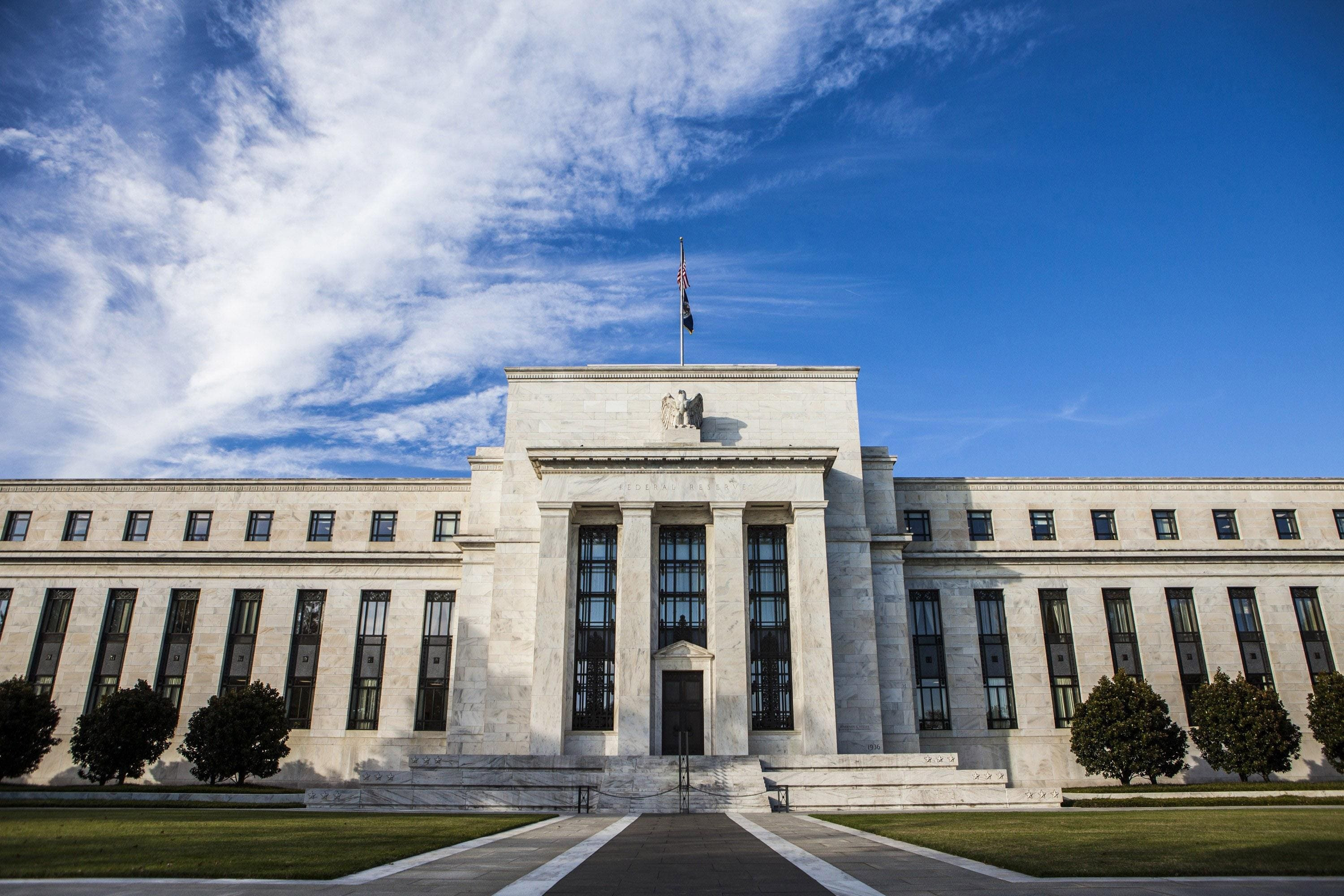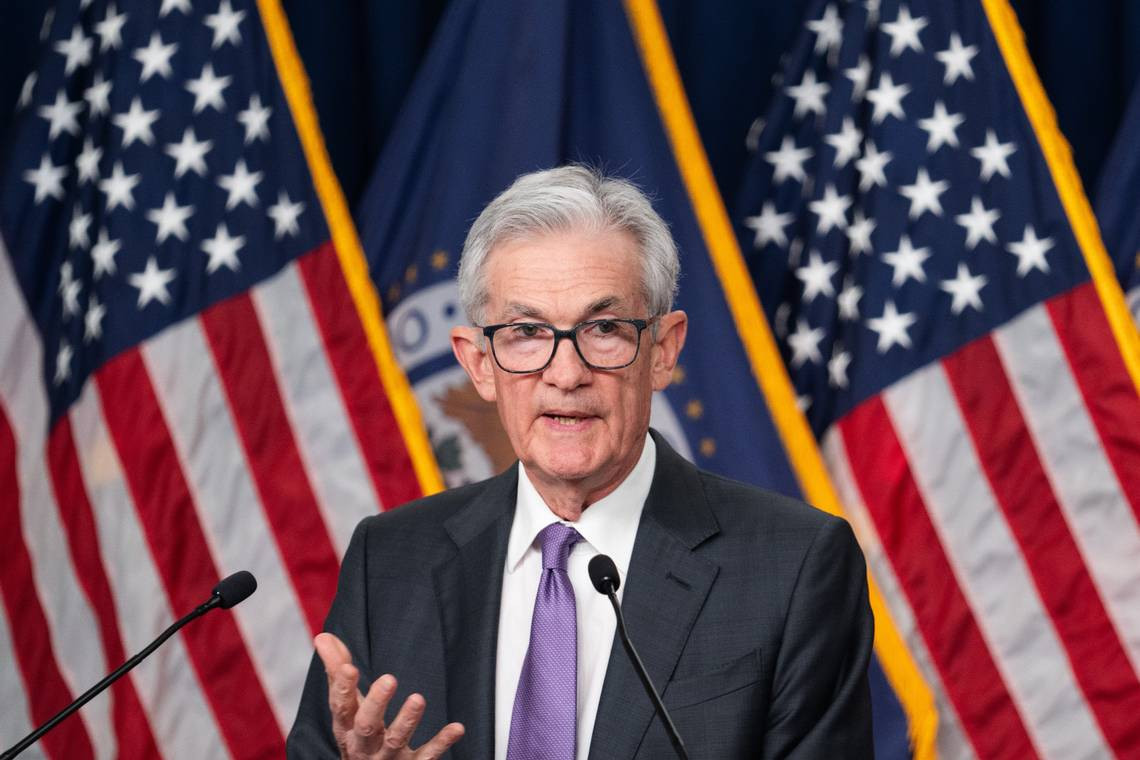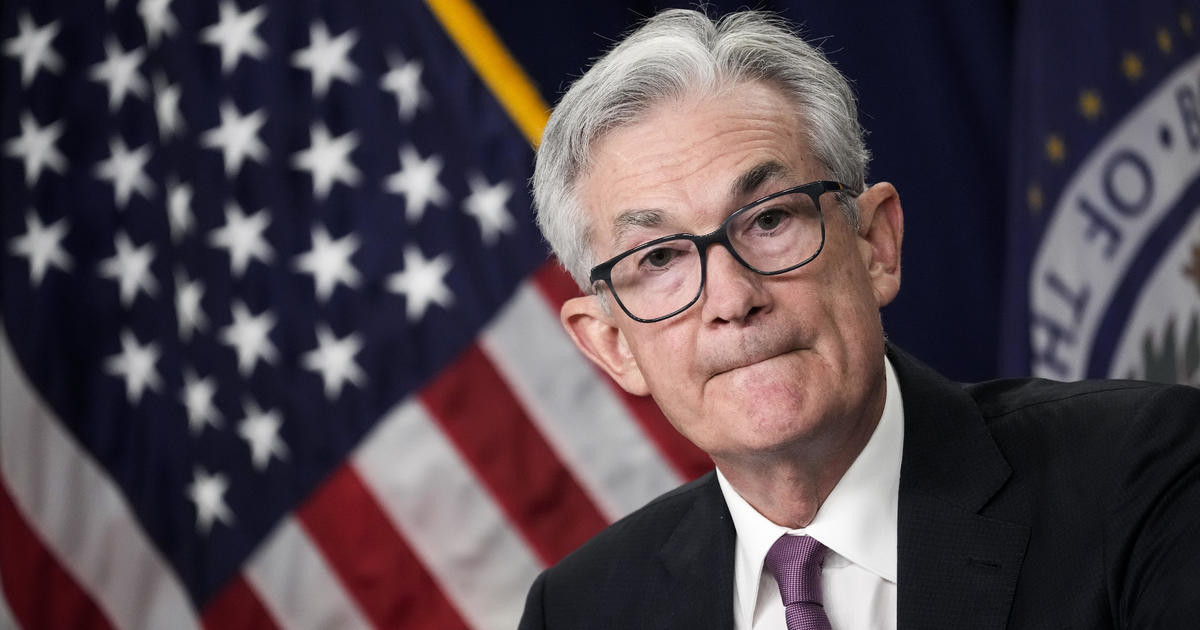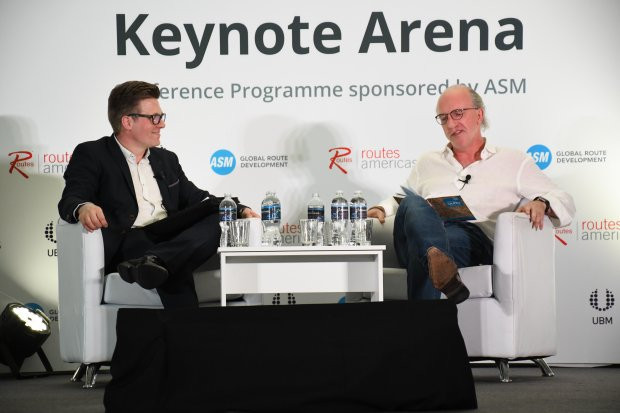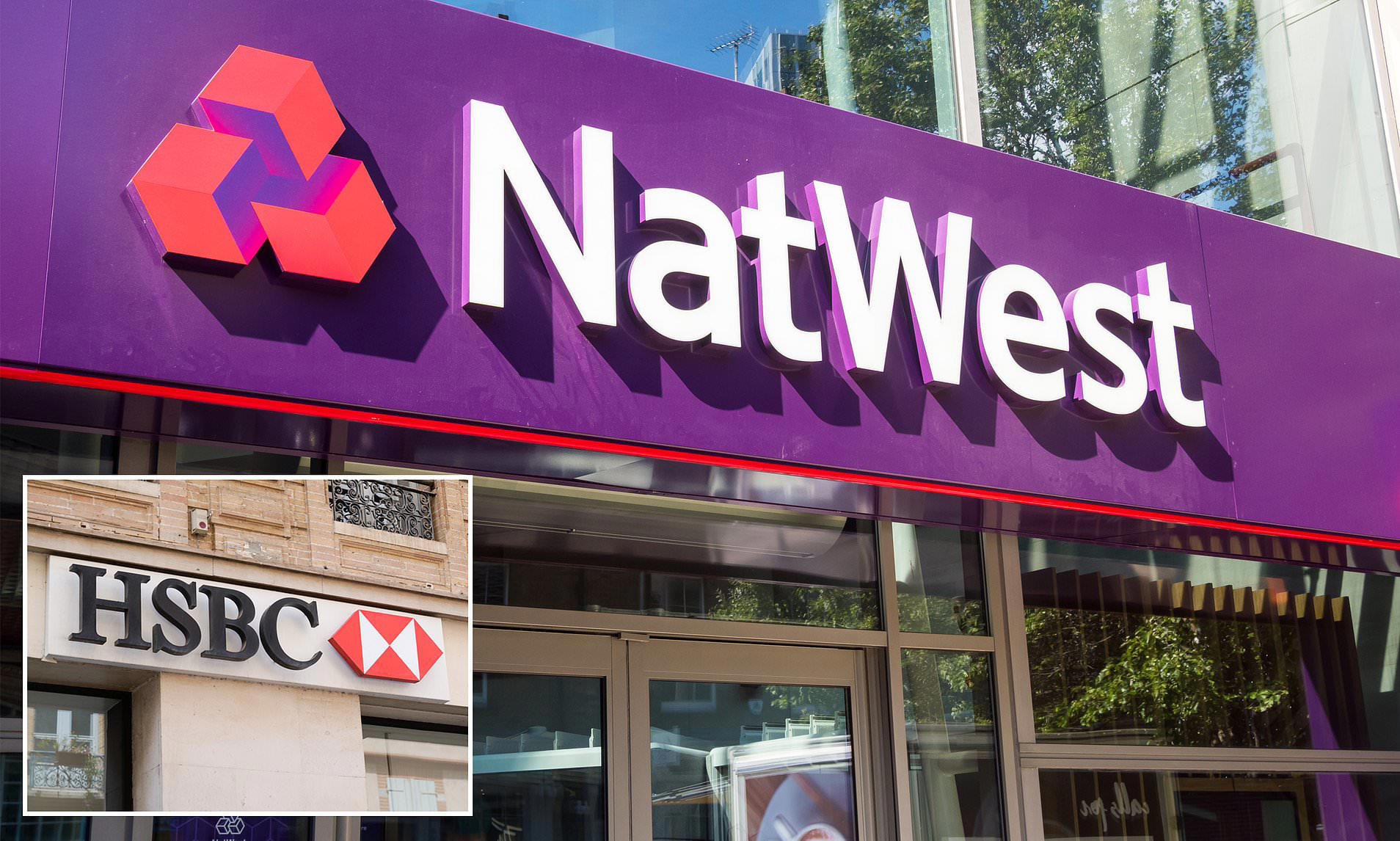The Federal Reserve on Thursday announced its second interest rate cut of 2024, trimming its benchmark rate by 0.25 percentage points amid cooling inflation. The expected move by the U.S. central bank provides additional relief to millions of Americans grappling with high borrowing costs.
The announcement marks the Fed's first interest rate decision since President-elect Donald Trump secured another term in the White House following the Nov. 5 election. In exit polls on Tuesday, many voters reported that they're still hurting from the sharpest inflation in 40 years and expressed dissatisfaction with the nation's economic trajectory.
Although inflation has since cooled and now hovers just above the Fed's goal of a 2% annual rate, prices remain high, while elevated borrowing costs have also hit people's pocketbooks.
"Since earlier in the year, labor market conditions have generally eased, and the unemployment rate has moved up but remains low," the Federal Open Market Committee, the Fed's rate-setting panel, said in its statement. "Inflation has made progress toward the Committee's 2 percent objective but remains somewhat elevated."
The two rate cuts so far this year, which have reduced the federal funds rate by a combined 0.75 percentage points, but the larger impact will be felt if the Fed continues to cut rates at its December meeting and into 2025, experts say.
"The Fed cutting rates a quarter point this month is more about a long-term trend," Christopher Clarke, a professor of economics at Washington State University, told CBS News. "People should think about this as a half a point a month ago, a quarter point this month, a quarter point next month."
"With additional inflation and employment data in, the Fed went 25 basis points as expected. We expect the same to occur in December," Whitney Watson, global co-head and co-chief investment officer of fixed income and liquidity solutions within Goldman Sachs Asset Management, said in an email.
Watson added, "However, stronger data and uncertainty over fiscal and trade policies mean rising risks that the Fed may opt to slow the pace of easing."
Trump's proposed combination of tariffs, tax cuts, increased federal spending and mass deportation of undocumented immigrants could increase inflation by as much as 1 percentage point, some economists project.
If that occurs, the Fed would be hard-pressed to continue easing borrowing costs, and could instead be forced to raise interest rates to counter those inflationary pressures.
Powell demurred Thursday when asked by reporters whether the outcome of the election would affect Fed policy. By contrast, he bluntly said he wouldn't step down if Trump, who has previously criticized Powell's performance, asks him to resign. Powell added that is against the law for a U.S. president to fire or demote the Fed chair.
Fed's Decision and the Election
The Fed's rate cut comes at a time when the US economy is facing a new direction and a new president. Voters in the US presidential election frequently noted that the economy, and especially higher price levels, were a deciding factor in their decision making. The post-election period has heightened uncertainty as investors grapple with the implications of President-elect Trump's return to the White House.
What Trump's Return Means for the Economy and the Fed
Fed Chair Jerome Powell took questions at his post-meeting press conference, where the discussion largely centered on what President-elect Donald Trump’s return to the White House means for the central bank, inflation, rate moves and the Fed’s independence. Trump’s proposed combination of tariffs, tax cuts, increased federal spending and mass deportation of undocumented immigrants could increase inflation by as much as 1 percentage point, some economists project.
The Market's Reaction to Trump's Win
All three major indexes ended the day higher on Thursday, extending their post-election rally. But it wasn’t due to any massive moves: The Dow ended the day with a gain of just 0.2%, or 74 points — a dramatic difference to Wednesday’s surge of around 1,500 points. The S&P closed 0.8% higher, marking its 49th record high of the year; and the Nasdaq Composite moved up by 1.5%.
The Impact of Inflation on Americans
Three-plus years of high inflation have weighed heavily on Americans, their finances and their outlooks on the economy. And while that global inflation shock has certainly waned, and the rate of price hikes is close to normal, it hasn’t felt great to Americans, because those price levels aren’t going back down to where they were before. So when will people start to feel relief?
“It takes some years of real wage gains for people to feel better,” Chair Jerome Powell said Thursday. “That’s what we’re trying to create. And I think we’re well on the road to creating that.” Average hourly earnings gains have outpaced inflation for 17 months as of September, according to Bureau of Labor Statistics data. Inflation has come down, the economy’s still strong and wages are moving up at a sustainable pace. “But it will be some time before people regain their confidence and feel that,” he said.“And we don’t tell people how to feel about the economy. We respect, completely respect what they’re feeling. Those feelings are true; they’re accurate. We don’t question them, we respect them.”
Mortgage Rates Are Still Rising
As the Fed cuts rates, you’d think mortgage rates would fall, too. But, nope: Mortgage rates fell in anticipation of the Fed cutting rates, but they’ve been creeping higher for six straight weeks, and a 30-year mortgage will now land you a rate of nearly 6.8%. That’s because US Treasury bonds keep falling. Consumer loan rates like mortgages are more closely tied to the 10-year US Treasury yield, which has been steadily rising as bond prices sink. And yields have been rising as the US economy outperforms the rest of the world, making America’s debt more attractive, and they’ve risen in anticipation of President-elect Donald Trump’s reelection, because he has proposed economic policies that could send inflation higher.
The Fed has said the housing market remains stuck and is source of persistent inflation. So why not cut rates even more to try to influence bond yields lower?
Fed Chair Jerome Powell said Thursday that the Fed isn’t convinced the bond market will remain weak for long. He said it may be a momentary blip because of policy decisions outside the Fed’s control. “We do take financial conditions into account. If they’re persistent and if they’re material, then we’ll certainly take them into account in our policy. But I would say we’re not at that stage right now,” Powell said.
Future Rate Cuts: What to Expect
If Federal Reserve officials stick to the forecasts they submitted at September’s monetary policy meeting, we could see one more quarter-point cut at next month’s meeting and another four quarter-point cuts in 2025. Their forecasts are subject to change, based on how the economy evolves. For instance, if officials become more worried about inflation heating up, they may opt to hold off on cutting rates further. Already, traders anticipate there will be closer to two cuts next year, according to Fed funds futures. That may be a reflection of traders’ belief that President-elect Donald Trump’s policies, which could include sweeping tariffs, may reignite inflation. “Every meeting we’re going to be looking at the incoming data and how that affects the outlook,” Fed Chair Jerome Powell told reporters in a post-meeting press conference Thursday. He declined to comment on whether officials’ forecasts have changed since the September meeting.
The Fed's Dual Mandate: Inflation and Employment
Economic figures show the Federal Reserve currently has to watch both inflation and the job market. Officials stated in their latest policy statement Thursday that the risk of the job market deteriorating and the risk of inflation reaccelerating are roughly the same magnitude now. But in recent months, attention has shifted more toward the health of America’s labor market, which remains in decent shape, but has clearly lost momentum over the past year. Employers had a seasonally adjusted 7.4 million job openings in September, according to Labor Department data, down considerably from 9.3 million in the same month a year earlier, while the rate of hiring fell to 3.5% from 3.7% during the same period. The unemployment rate stood at 4.1% in October, up from 3.8% a year earlier (though still at a historically low level.) Worker filings for ongoing unemployment benefits rose last week to the highest level since November 2021, an indication that it has become harder for unemployed Americans to find a job. Fed officials wrote in their statement that “since earlier in the year, labor market conditions have generally eased.”
Fed's 'Lost Confidence' in Disinflationary Path?
Overall, the November statement from the Federal Reserve included a “subtle shift in tone” that suggests the Fed “may have lost some confidence in the disinflationary path,” wrote Seema Shah, chief global strategist at Principal Asset Management, in a note issued after the Fed decision. That’s “a dynamic that the US election result is likely to exacerbate,” she wrote.
Fed's Independence and President-elect Trump
Federal Reserve officials likely aren’t going to say how they think President-elect Donald Trump’s second term will impact the economy. In fact, the Fed prides itself on avoiding even the suggestion that it is wading into politics. At the same time, the policies elected officials enact undeniably have an impact on the economy, and as Fed officials cast votes on where they believe interest rates should be to fulfill their mandate for stable prices and maximum employment, they have to consider the effect of fiscal policy. As such, at the Fed’s monetary policy meeting that took place after Trump was elected for his first term, officials asked Fed researchers who advise central bankers to spell out how they believe policies Trump campaigned, such as tax cuts and tariffs, could impact the economy. That’s according to a transcript of the December 2016 monetary policy meeting. Some researchers told officials they were already starting to incorporate the potential effects of Trump’s campaign initiatives into their economic models. At that meeting, some officials even expressed concerns with Trump’s agenda, according to the December 2016 meeting transcript. (Transcripts are made available to the public at a roughly five-year lag.) Loretta Mester, then-president of the Cleveland Fed, said: “Policies that constrain immigration and trade would have negative effects for the US economy over the medium and longer run, but I have not incorporated these into my projections at this point.
The 'Neutral Rate' of Interest: A Key Concept
Fed officials stress that their decisions are dependent on economic data, firm indications of the economy’s health and possible direction. But there’s one key concept guiding the Fed that Chair Jerome Powell says is “theoretical” and “can’t be directly observed.” That’s the so-called “neutral rate of interest,” a level of interest rates that neither stimulates nor dampens the economy. The Fed’s main tool is its key interest rate, which influences borrowing costs across the economy, and it functions by either boosting demand, if rates are low, or by cooling it, if rates are elevated. That depends on whether the Fed is dealing with high inflation, which prompts the Fed to slow the economy, or high unemployment, which forces the Fed to do the opposite. Economists describe the neutral rate of interest as theoretical because it depends on many, many factors that render it too imprecise — such as population growth, productivity, savings behavior, any structural changes in the economy and so on, in addition to the effects of borrowing costs. With inflation down substantially from a four-decade peak reached in 2022, and just a whisper away from the Fed’s 2% goal, the Fed has shifted more attention to America’s job market, which has steadily weakened over the past few years. It remains in good shape, but Powell telegraphed in September that the Fed is committed to maintaining its strength, avoiding any deterioration. Fed officials have said they think borrowing costs are still at restrictively high levels, which puts the labor market at risk. Now it’s a matter of how fast the Fed wants interest rates to go back to that neutral rate of interest. That, of course, also depends on inflation. Some officials have said they feel no urgency to pare back rates. “I’m not in a rush to get to neutral,” Atlanta Fed President Raphael Bostic said last month at an event in Jackson, Mississippi. “We must get inflation back to our 2% target, and I don’t want us to get to a place where inflation stalls out because we haven’t been restrictive for long enough. So I’m going to be patient.”
The Threat to a 'Soft Landing'
Federal Reserve Chair Jerome Powell will undoubtedly never say it, but it’s got to be a lingering concern on his mind and on that of other Fed officials at this week’s monetary policy meeting: Will President-elect Donald Trump’s return to the White House destroy the soft landing? A soft landing describes the rare scenario where inflation subsides without a substantial rise in the unemployment rate. Thus far, that’s largely been avoided. The Fed’s preferred inflation gauge is just one tenth of a percentage point above its 2% target, a remarkable pivot from June 2022, when it was at a 40-year high of 7.2%. During that time, the nation’s unemployment rate rose only slightly from 3.6% in June 2022 to 4.1% in October of this year. When the Fed began raising interest rates to tame inflation in March 2022, few economists thought the central bank could pull that off absent a recession. But the US economy has continued to chug along, albeit with some bumps. But the sweeping tariffs Trump promises to impose on all imports could cause inflation to spike again, causing the Fed to recalibrate its policy stance, which could involve potentially raising interest rates again. But that could lead to more people becoming unemployed.
The Fed and Trump: A History of Conflict
After reaching record highs Wednesday, the major indexes mostly paused for reflection on Thursday ahead of the Federal Reserve’s announcement on interest rates. The Dow was flat going into afternoon trading, the S&P 500 was just 0.6% higher and the Nasdaq Composite gained 1.2%. Market participants are widely expecting the central bank will announce a quarter-point rate cut at 2 pm ET as data continues to show that inflation, which reached a four-decade peak in 2022, is now just short of the Fed’s target rate of 2%. Last week, the Labor Department reported US employers hired just 12,000 workers last month, far lower than the over 100,000-job gain economists expected. The inability to gather data after the back-to-back deadly East Coast hurricanes, coupled with the ongoing Boeing labor strike, were partially responsible for that lower number. That’s why many economists see the drop in hiring from September, when employers added a revised 223,000 jobs, as a temporary blip and not indicative of a labor market in peril. As such, Federal Reserve officials tasked with deciding where interest rates should be to fulfill their dual mandate for maximum employment and stable prices are unlikely to change their course of action based on the October jobs report. Because it’s impossible to tease out with certainty just how much of last month’s weak hiring came from the hurricanes and strike, officials are probably going to turn more of their attention to the unemployment rate, which is generated by a different survey that considers weather-affected employed. Last month it held steady at 4.1%, which is two-tenths of a percentage point lower than where it was in July. And while it’s good that the unemployment rate has edged lower, Fed officials are likely looking for more evidence that the labor market is in better shape before it leaves rates unchanged at a meeting.
Trump's Potential Influence on the Fed
President-elect Donald Trump is likely to allow Federal Reserve Chair Jerome Powell to serve out the remainder of his term, which expires in May 2026, according to a senior adviser to Trump who requested anonymity to describe private conversations. The adviser cautioned that Trump could always change his mind, but his present view — and that of Trump’s economic team — is that Powell should remain atop the central bank as it pursues its policy of cutting interest rates. Trump appointed Powell, a Republican former private equity executive who served on the central bank’s governing board, to its top spot in 2018. President Joe Biden reappointed him to a second four-year term. Gary Cohn, the Goldman Sachs alum who served as economic policy director during Trump’s first administration, is said to want the job, but former Trump officials have said the fact that Cohn resigned in protest over Trump’s steel tariffs makes it highly unlikely he’d get it. Among the names mentioned by sources in touch with the Trump transition are Kevin Warsh, who served for five years on the bank’s board of governors and advised Trump during his first term; as well as Trump’s former chief economist Kevin Hassett.
Trump and the Fed's Independence: A Contentious Relationship
In July, before Trump was elected, the Fed chair was asked whether he intended to serve out the remainder of his term, and he said, unequivocally, “Yes.” It’s unclear if Trump, or any president, could take the Fed’s independence away on his own or if it would require congressional approval. Representatives from the Trump campaign did not respond to CNN’s request for a comment, while a Fed spokesperson declined to comment.
The Fed's Role in a Partying Economy
For over 70 years, the US central bank has operated as an independent government agency. When officials meet to decide where interest rates should be, they don’t consult the president and other elected officials — and for good reason. That’s because, as one former Federal Reserve chair famously said, central bankers’ job is to remove the punchbowl right when the party is just getting started. Said differently, they have to make unpopular decisions that ultimately seek to benefit the economy in the long run.
Trump's Views on the Fed's Independence
But the Fed’s independence could be compromised once President-elect Donald Trump returns to the White House. “I feel the president should have at least a say in there. I feel that strongly,” Trump said at a press conference in August, referring to the Fed’s interest rate decisions. “I made a lot of money. I was very successful. And I think I have a better instinct than, in many cases, people that would be on the Federal Reserve — or the chairman.” After a barrage of backlash, Trump sought to soften his prior comments. “A president certainly can be talking about interest rates because I think I have very good instincts,” Trump said in a Bloomberg News interview less than two weeks after he claimed he deserved a say. “That doesn’t mean I’m calling the shot, but it does mean that I should have a right to be able to talk about it like anybody else.”
The Fed's Rate Cut: A Look Ahead
US stocks opened with a small gain Thursday ahead of a key policy announcement from the Federal Reserve. The Dow rose by just 0.07%, the S&P rose by 0.4% and the Nasdaq Composite gained 0.7%. Thursday’s moves come after a monster rally Wednesday, prompted by President-elect Donald Trump’s return to the White House. First-time claims for jobless benefits ticked higher as expected last week but remained steady with what’s been seen over the past year; however, Americans are staying unemployed for longer, according to new data released Thursday. There were 221,000 initial claims for unemployment insurance made during the week ended November 2, the Department of Labor reported Thursday. Those filings are up by 3,000 from the upwardly revised tally the week before. The initial claims — considered a proxy for layoffs — hit economists’ expectations on the nose, according to FactSet estimates. While the first-time claims settled down as anticipated after a brief stint of being pushed upward by hurricane-affected workers, the number of continuing claims, which are filed by people who have received unemployment insurance for at least a week or more, moved higher by 39,000 to 1.892 million for the week ended October 26. That’s the highest level of continuing claims since November 2021. The US jobs market has been cooling. The pullback in job growth has been attributed more to employers reining in hiring versus conducting layoffs. Federal Reserve officials are dealing with something of an economic puzzle as they deliberate their latest decision on interest rates. There are signs of a robust economy, such as American shoppers continuing to spend their dollars at a healthy clip and consumer confidence jumping in October at the fastest pace in more than three years. In addition to strong consumer spending — which accounts for about two-thirds of the US economy — businesses have also continued to invest, according to recent government data. But there are also signs of slowing momentum: Job openings, a proxy for labor demand, fell in September back to pre-pandemic levels. The October jobs report was difficult to assess because of the effects of recent hurricanes and labor strikes on data, but it still came in far below expectations that factored in those disruptions. And on the inflation front, price pressures have continued to ease in recent months, though not quite as much as economists expected. It’s unclear if inflation might stall out or finally reach the Fed’s 2% target, which is only a hair away, according to the Personal Consumption Expenditures price index, aka the Fed’s favorite gauge of inflation.
Trump's Economic Team: A Mix of Allies and Wall Street Heavyweights
To promote his economic platform of broad-brush tariffs and tax cuts, President-elect Donald Trump is expected to lean on longtime allies and loyalists, while tapping into Wall Street heavyweights to round out his domestic agencies. There are several names being batted around for Treasury secretary. They include Scott Bessent, who prepared Trump for his economic club speeches. “He’s a former Soros guy who captured the MAGA movement. The president loves that, former Democrats that he’s flipped. That’s why he loves Elon [Musk] so much,” said a source familiar with the matter. John Paulson, a hedge fund billionaire and megadonor, is also under consideration. Jay Clayton, a former chair of the Securities and Exchange Commission, is seen as a “dark horse,” according to one source. Lighthizer has also expressed interest in the Treasury post. Both Bob Lighthizer, Trump’s former US trade representative, and Linda McMahon are also under consideration to run the Commerce Department. North Dakota Gov. Doug Burgum, who was a finalist to be Trump’s vice-presidential pick, is being floated as interior secretary. At the Office of the US Trade Representative — a once-sleepy outfit across the street from the White House — the Trump team is looking for someone who wouldn’t flinch at his often mercurial whims on tariff policy. Jamieson Greer, who served as Lighthizer’s deputy when Trump instituted across-the-board tariffs on adversaries and allies alike, is the name sources raise most often for this role.
The Election's Impact on Stock Markets
Stock futures were higher in the US ahead of the Federal Reserve rate decision, set to be released at 2 pm ET. Futures on the Dow and S&P were up around 0.2% and Nasdaq futures gained by 0.3%. Markets had rocketed higher Wednesday following President Donald Trump’s decisive and consequential victory in the US presidential election. The massive rally pushed up the Dow by 1,507 points, or 3.57%, to close at a new record high. It’s the first time the blue-chip index has gained more than 1,000 points in a single day since November 2022. The S&P 500 and Nasdaq also reached new highs the morning Trump became president elect, with the S&P surging by 2.5% and the tech-heavy index closing 2.95% higher. The US dollar had its best day in two years, bitcoin topped $76,000 and Treasury yields also rose.
The Bank of England's Rate Cut
The Bank of England cut interest rates by a quarter point Thursday, after inflation in the United Kingdom fell to a three-year low in September. The decision takes the UK’s benchmark interest rate to 4.75% from 5%, where it had stood since August, after the first rate cut since the start of the pandemic. “The disinflationary process has progressed well and indeed faster than we expected,” Bank of England Governor Andrew Bailey told reporters. “Both oil and gas prices have been significantly lower than market pricing suggested a year ago, but the downside news to inflation over the year has also reflected lower than expected food, core goods and services price inflation,” he added. UK inflation slowed to 1.7% in September, from 2.2% in August, falling below the Bank of England’s 2% target to its lowest level since April 2021. Bailey cautioned, however, that interest rates would need to “remain restrictive for sufficiently long” until risks to inflation, including strong wage growth and the price of some services, have “dissipated further.” “We need to ensure inflation stays low. So we will not cut rates too quickly or too much,” the Bank of England said.
The Fed's Rate Cut: A Time of Uncertainty
The Federal Reserve is expected to announce Thursday it is cutting interest rates, a decision that comes just two days after a divisive and historic US presidential election. The central bank is widely expected to cut rates by a quarter point at the conclusion of its two-day policy meeting. The widely expected move comes as inflation remains on a downward trend. Investors will be listening closely Thursday afternoon to comments from Fed Chair Jerome Powell at his traditional post-meeting press conference for any clues on the pace of future rate cuts, given the policies touted by former President Donald Trump, who is poised to return to the White House for a second term.
The Fed's Meeting: A Political Tightrope Walk
The Federal Reserve has eight scheduled two-day monetary policy meetings every year. One of those meetings takes place in November and, coincidentally, kicked off the Wednesday directly right after Election Day. As Fed Chair Jerome Powell has previously vowed, officials don’t take the political calendar into consideration when they make interest rate decisions. Rather, it’s always about doing what’s best for the economy, Powell’s said. Still, this meeting’s proximity to Election Day has put the Fed in an uncomfortable position — whether Powell and his colleagues want to admit it or not. Already, officials have been scrutinized for their decision to begin lowering rates at its last meeting before the election, which took place in September. The concern has been that the Fed could have inadvertently helped out Democrats by lowering borrowing costs for Americans, potentially leaving some feeling better about the state of the economy as they prepared to cast votes. But even though this month’s meeting comes after the election, it could still appear as though central bankers are giving an assist to one political party over another. For instance, if the Fed scales down the size of its rate cut — or doesn’t cut rates at all — it could, once again, give some people the impression that officials wanted to improve the election outcome for Democrats by getting in a larger-than-usual cut at the September meeting instead of waiting to do so at this month’s meeting.




